A March 17 press release from BOEMRE announced the approval of Petrobras’s permit application for the Gulf of Mexico’s first FPSO (“Floating Production Storage Offloading” facility), offshore Louisiana.
I have no problem with FPSOs per se. The technology has been used around the world, in places like Brazil, Angola, the North Sea and off Australia. But this would be the first FPSO in U.S. waters, under BOEMRE and U.S. Coast Guard jurisdiction.
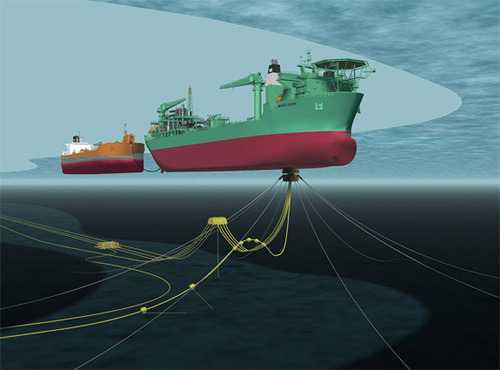
What I do question is the timing of this particular permit approval. Shallow water operators are experiencing difficulty with routine Shelf gas well permits, where the potential environmental consequences of a mishap are miniscule compared to the multitude of things that might go wrong with an FPSO.
Plus it’s for Petrobras, the national oil company of Brazil, which President Obama apparently likes better than any American oil company.
FPSOs are used when oil fields are (relatively) small and geographically remote. Unlike 99% of offshore platforms, FPSOs have major oil storage capacity (in this case up to 850,000 barrels – over 35 million gallons! – of medium to heavy crude oil).
The Cascade-Chinook oil and natural gas project, located …approximately 165 miles offshore Louisiana in 8,200 feet of water [over half again as deep as Macondo. – Ed.], will use an FPSO, … which is a floating facility that has the capability to process oil and natural gas, store the crude oil in tanks located in the facility’s hull, and offload the crude to shuttle tankers for transportation to shore. Natural gas processed by the facility will be transported to shore by pipeline. Petrobras’ FPSO will be equipped with a disconnectable turret-buoy. In the event of a hurricane or tropical storm, the facility is designed to disconnect from the turret-buoy and move off location until the storm has passed.
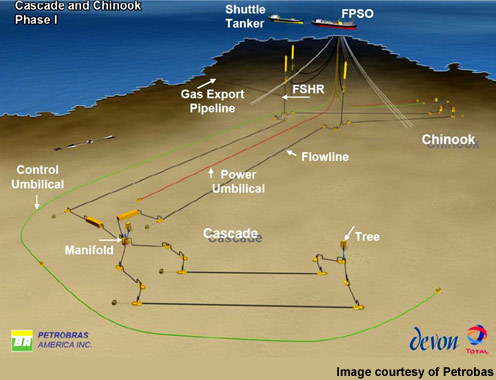
In addition to the unprecedented volumes of stationary offshore storage of oil, the FPSO system involves another “shuttle tanker” which will transfer oil from the FPSO vessel roughly once a week for transport to a refinery on shore. The FPSO needs to be able to quickly disconnect from the turret buoy so it can seek shelter from an approaching hurricane.
Consider also that most of the damaging oil spills are from tankers which bring oil into our harbors, bays and estuaries. Conventional offshore production spill volumes tend to be very small because they are from pipelines, not boats, and thus are relatively small and contained.
A review of Petrobras’ planning documents indicates they are designing for crude oil averaging 23 degrees API, ranging from 17 to 29. BP’s Macondo oil was 35 degrees API (higher numbers mean lighter and therefore less environmentally-damaging oil). Twenty-three gravity oil is considered “medium”; 17 gravity oil is “heavy”.
Worst Case Discharge
Shallow water permitting is delayed in large part because of BOEMRE’s application of the “Worst Case Discharge” scenarios in oil spill planning — the theoretical maximum loss of oil in a Macondo-style disaster. (Bear in mind that, besides Macondo, a total of 1,800 barrels of oil have hit the water since 1970 due to well blowouts, with some 40,000 wells drilled in that time frame.)
In the spill assessment of the Cascade-Chinook project, the WCD figures for each of three wells in the project’s first phase is 12,284 barrels per day. Those wells have already been drilled.
The FPSO vessel’s WCD is rated at 600,000 barrels, but that portion of the plan is regulated by the Coast Guard, not BOEMRE. Likewise, the plan rates the shuttle tanker/barge’s WCD at 185,000 to 500,000 barrels, also USCG jurisdiction.
BOEMRE requires drillers of wells to be able to control and contain a volume corresponding to its worst case discharge. There is no similar requirement for tanker spills. Although an engineering study asserts that tankers are as safe as pipelines per barrel of oil transported, tanker spills seem to be large in volume and to happen in the worst possible places.
The FPSO system has lots of potential vulnerabilities: the turret buoy, the tanker-to-tanker offloading, seafloor booster pumps, and the tankers themselves.
But what could possibly go wrong?
An 8,000-foot section of pipe running from the sea floor to a connector that led to a Petrobras floating production ship in the Gulf of Mexico became detached last month and sank to the sea floor.
The pipe, known as a riser, was connected to a subsea well in the Chinook field located about 165 miles offshore Louisiana in an area of the Gulf known as Walker Ridge.
The well was not in production at the time, according to Melissa Schwartz, a spokeswoman for the Bureau of Offshore Energy Management, Regulation and Enforcement, so it does not appear that oil was spilled.
The device the riser was attached to — a 130-ton submersed tube known as a buoyancy can — drifted to within a few miles of Chevron’s Tahiti production spar before it was intercepted, according to the website gCaptain.com, which was the first to report the incident.
BOEMRE was notified of the incident on March 23. [Note: The permit approval was announced March 17. – Ed.]
Petrobras has formed an investigative committee to look into the cause of the incident, according to a statement from the company.
Then there are the following pictures, purportedly showing the puncture of a 24-inch rubber oil loading transfer hose by a blue marlin. I can’t vouch for their authenticity, which seems to be in some dispute on the message boards, but needless to say, funny things happen in 8,200 feet of water.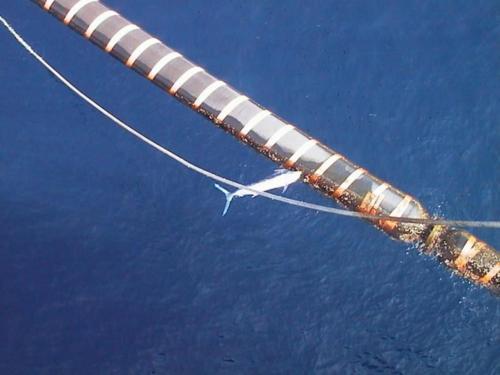

Cross-posted at VladEnBlog.





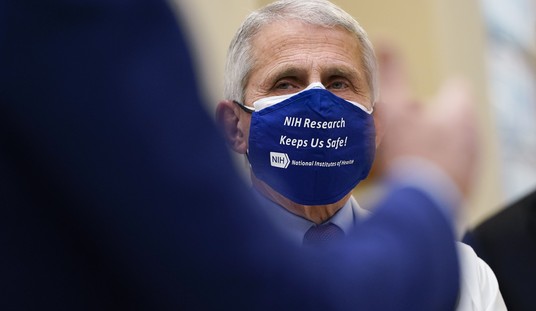

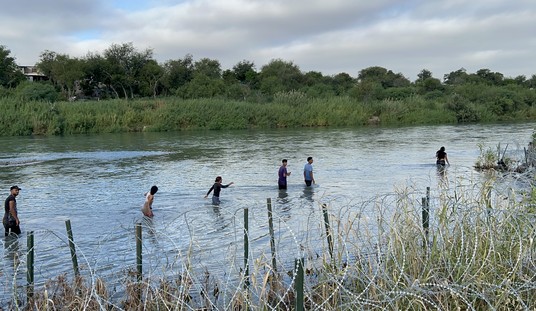







Join the conversation as a VIP Member